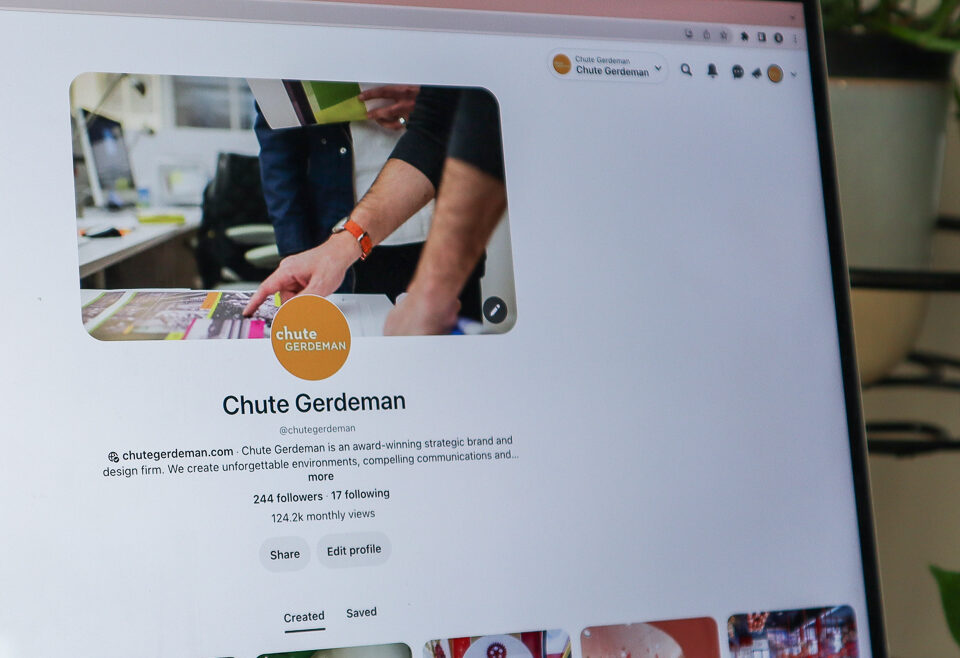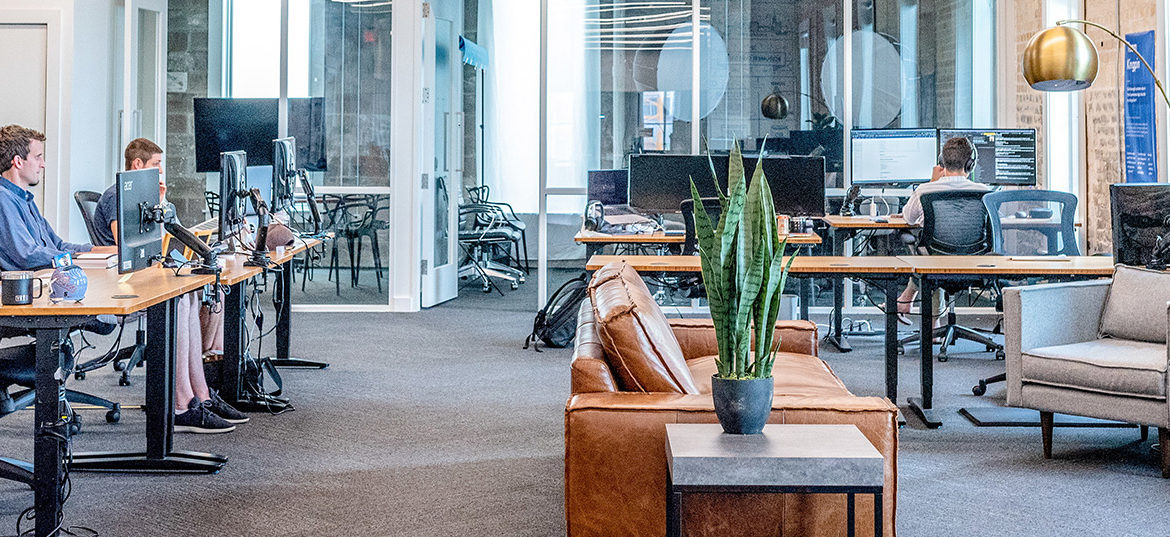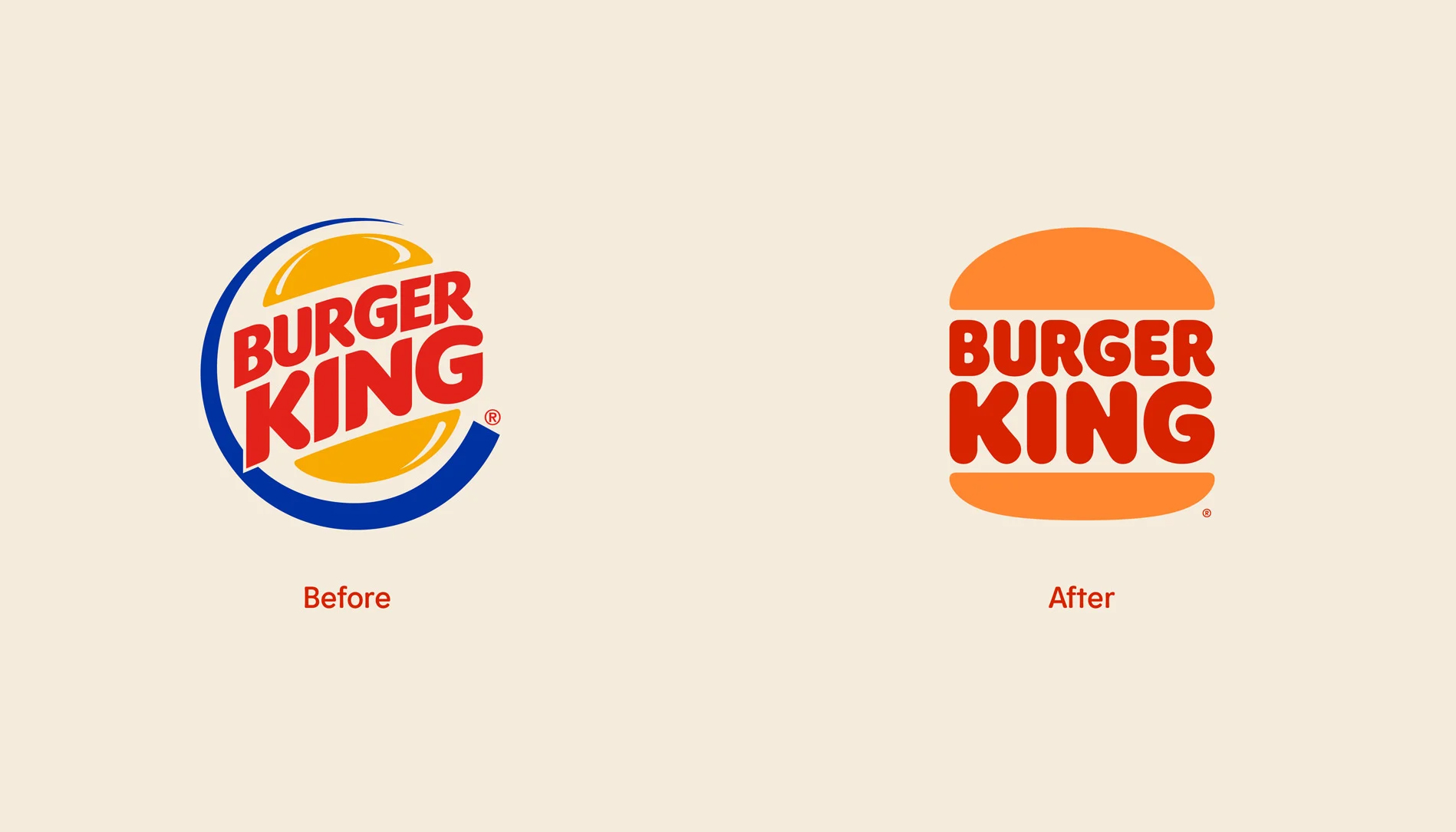- Soula Spanorigas
Crafting Effective SEO Strategies
In B2B marketing, attracting the right audience to your website is crucial. SEO (Search Engine Optimization) is your key to unlocking organic website traffic and high-quality leads. But where do you even begin? Keyword strategy is the foundation of a strong SEO approach. Let’s delve into the world of keywords and explore how you can leverage them effectively to drive traffic to your site.
Why SEO Matters
Ever notice how you usually click on that very first link Google gives you? About 31.7% of users do the same thing. And 75% of people never bother scrolling past that initial page of search results. It just goes to show how crucial it is to nail your SEO. Over 90% of users start their online journey with a search engine, making it an essential vehicle for driving visitors to your site. Those leads have a close rate of 14.6%, while traditional outbound methods deliver an average close rate of a meager 1.7%.
Keywords and Keyphrases and How to Think About Them
Think of keywords and keyphrases as the way you would describe an article to a friend. The Keyword or keyphrase is not the title; it’s a description of the article. When choosing keywords, consider the terms or phrases that best encapsulate the main ideas, themes, or topics covered in your content. By thinking of keywords and keyphrases as descriptors rather than mere titles, you can better align your content with the needs and interests of your target audience. The typical business should have between 10-50 targeted keywords.
Short- vs. Long-tail SEO
Short-tail SEO aims for broad keywords, casting a wide net to attract as many clicks as possible. On the flip side, long-tail SEO hones in on more specific, niche keywords. So, it’s a bit of a balancing act: use short-tail keywords for visibility and long-tail for precision.
Example:
“2024 Solar Eclipse”
- Short and sweet, broad topics
- Search Results: 128M
- Very low odds of making it to the first two pages of a Google search
- Monthly Searches: 31.4k
“2024 Solar Eclipse Path Map”
- Greater precision
- Search Results: 3.4M
- Less competition
- Monthly Searches: 220
Tools for SEO
To help our clients find the most impactful keywords and keyphrases, we use tools like SEMrush. SEMrush is an all-in-one digital marketing tool suite with a large range of features primarily focusing on SEO. You can use SEMrush for anything from keyword research to backlink analysis to rank tracking—all crucial elements of a strong SEO strategy.
The Basic SEO Rules
- Make sure it is in your title in exactly the same sequence
- Keep the title short; no more than 60 characters
- Use it in the same sequence in the first paragraph, within the first 100 words
- Use at least once for every 500 words
- Include at least one external link
- Share at least one internal link
- Use related semantically related keywords
What Are Semantic Keywords?
Semantically related keywords enhance SEO by improving content relevance and providing context, helping search engines understand and rank pages more efficiently. Leveraging semantically related keywords is an essential aspect of SEO strategy, as it enhances content relevance, improves user experience, and increases the likelihood of achieving better search engine rankings.




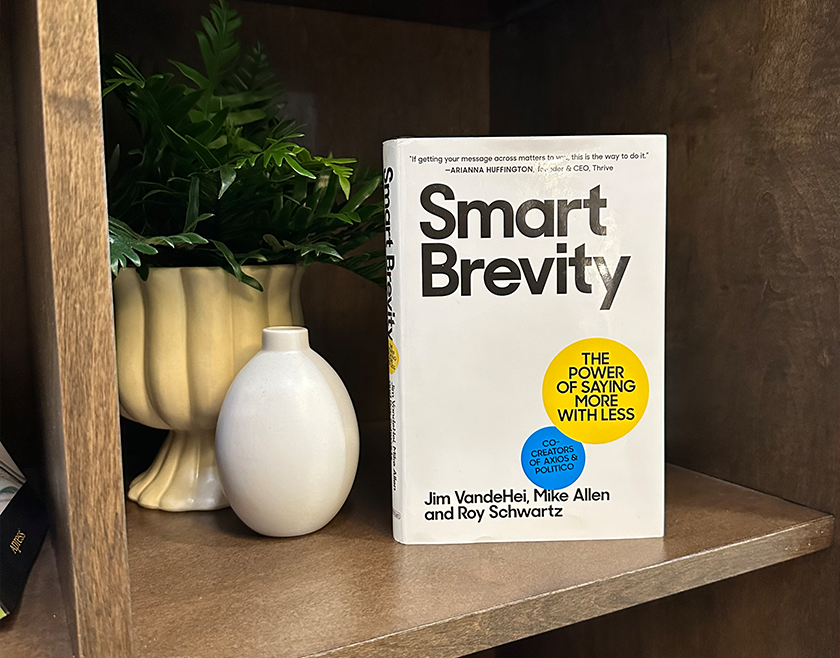

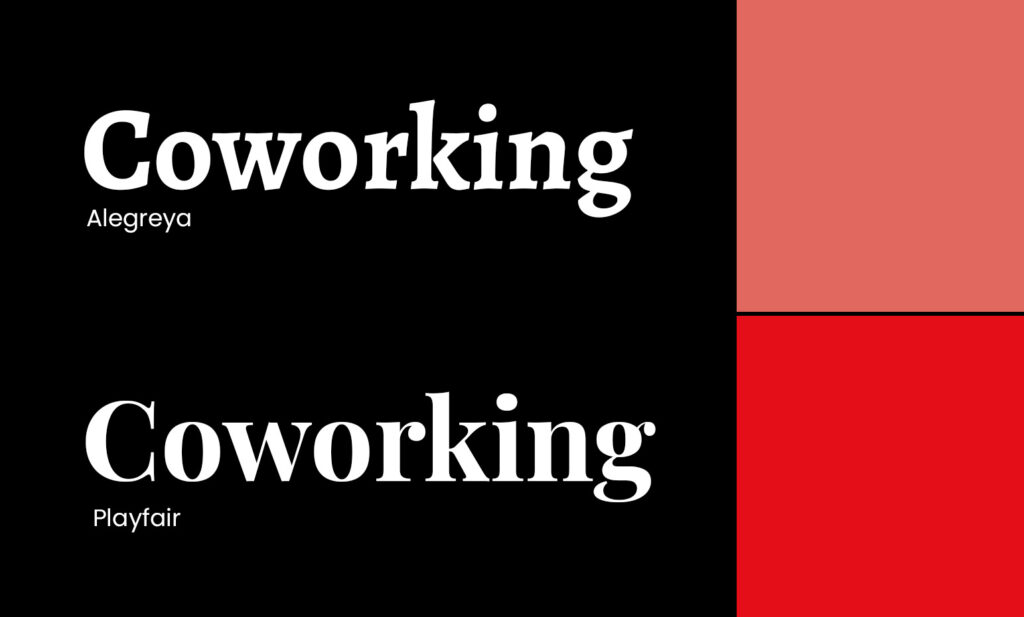
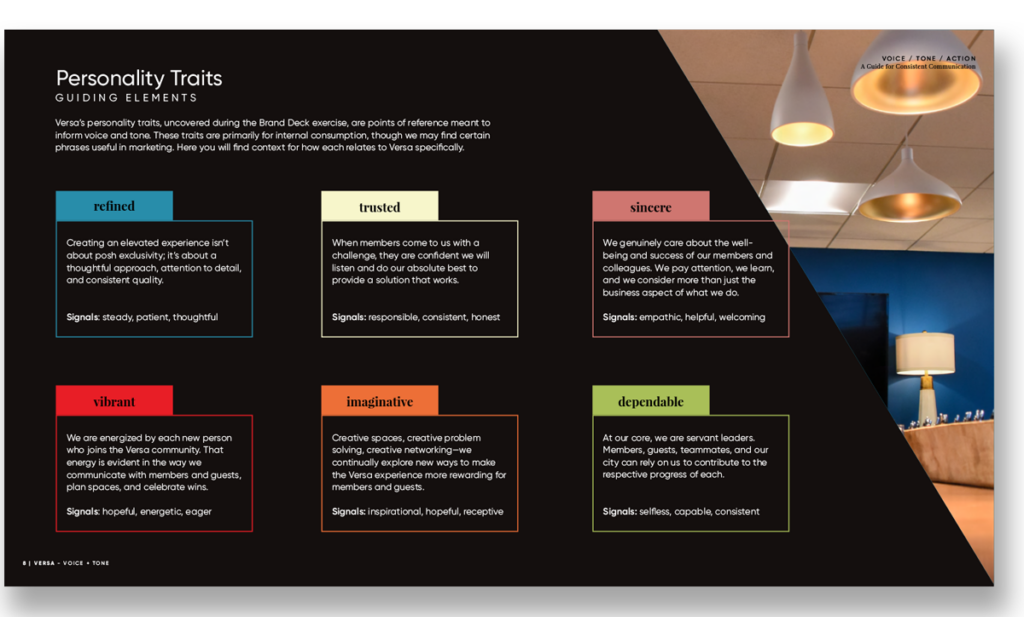






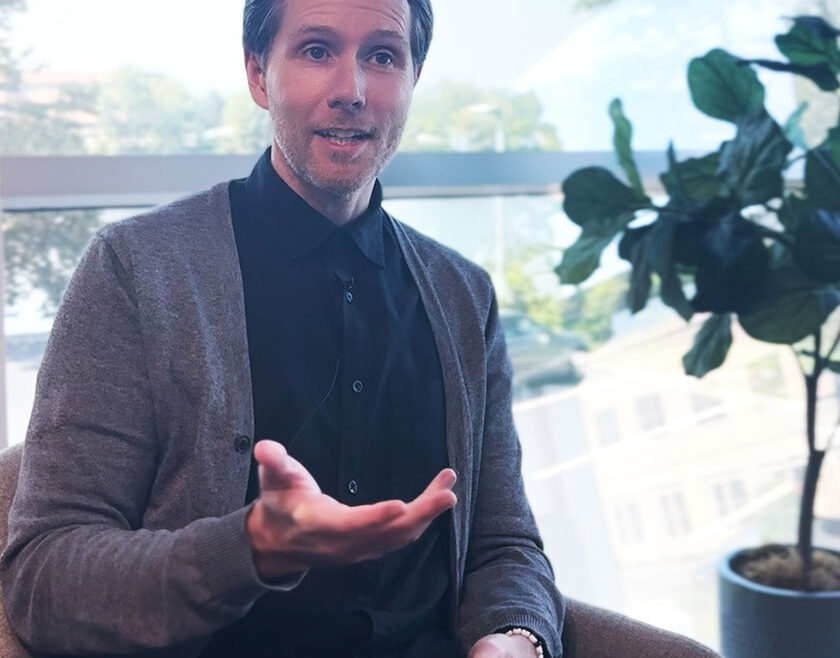




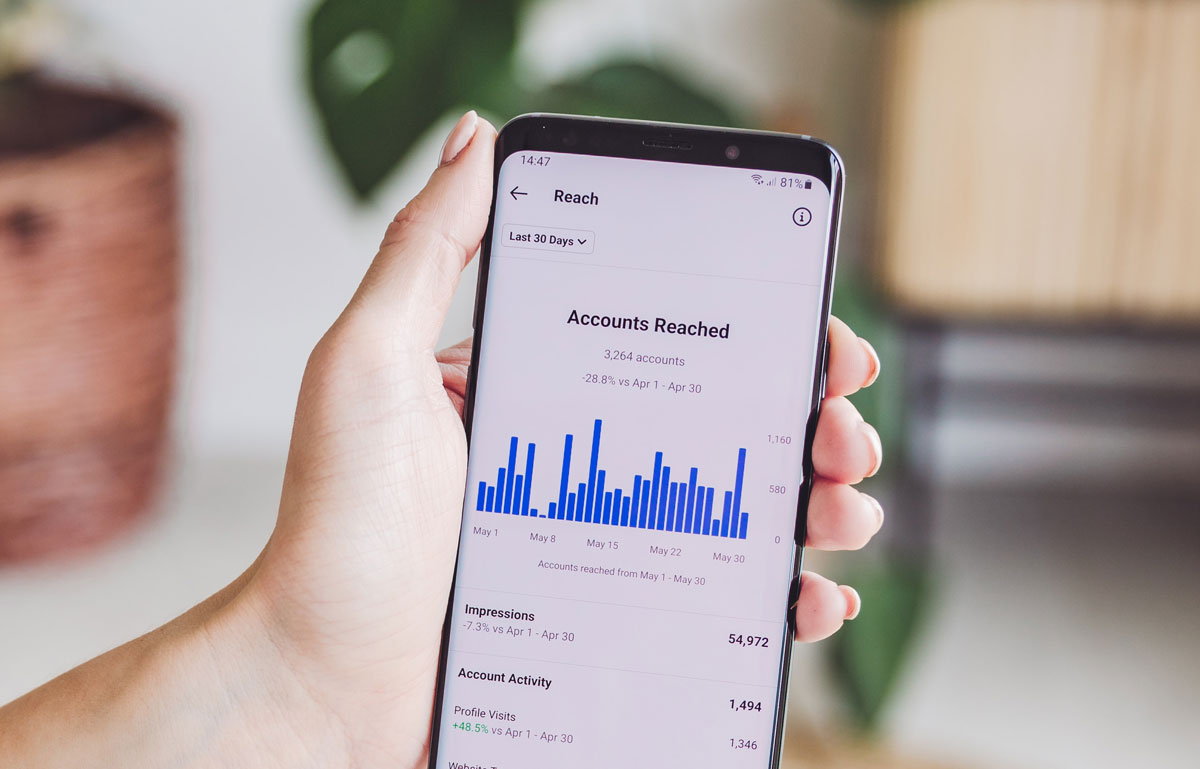


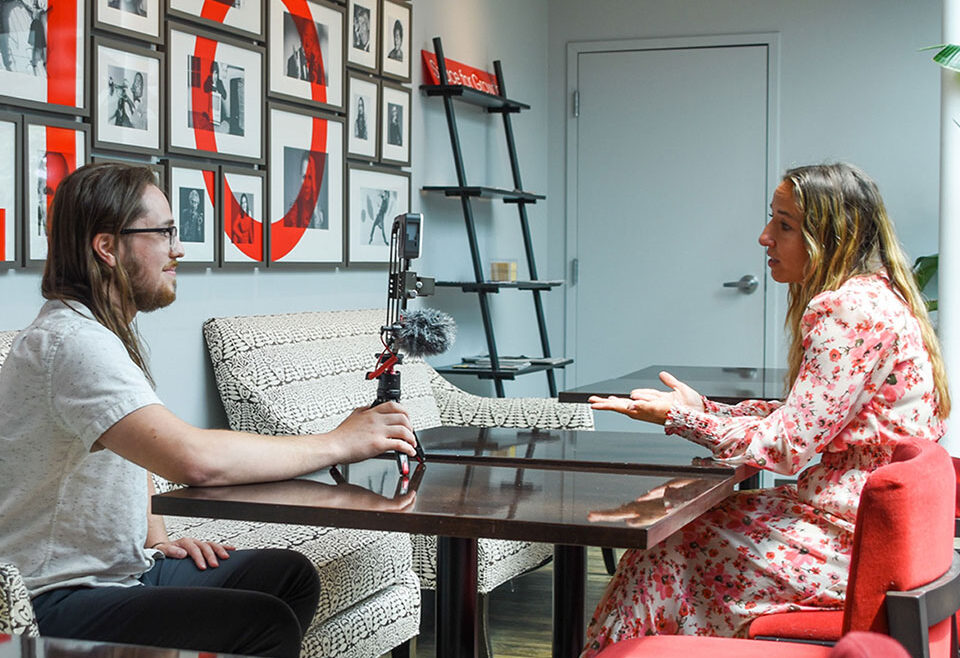
 A mount for your phone (easily adjusted horizontally + vertically)
A mount for your phone (easily adjusted horizontally + vertically)





